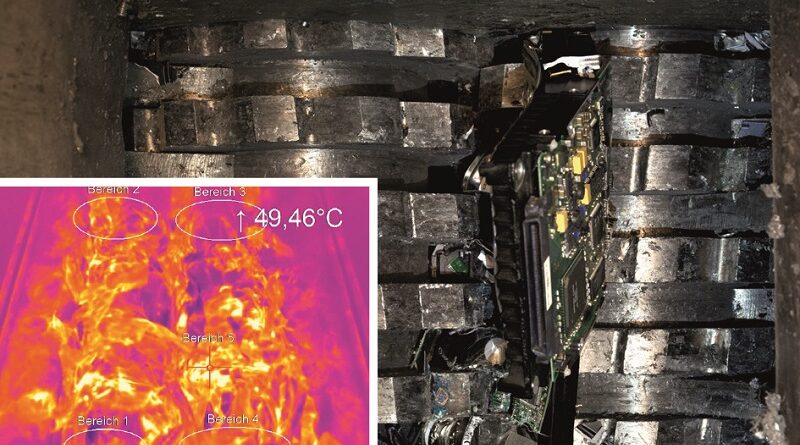STEEL ADVANTAGES: Longevity and recyclability
In our efforts to combat climate change, sustainability is another important aspect. Moreover, sustainability is also linked to the subject of longevity – one of the major benefits of metals, especially steel. The average useful life of steel is around 60 years. Famous buildings such as the Eiffel Tower in Paris or San Francisco’s Golden Gate Bridge bear testament to the longevity of steel structures.
Another advantage of metals is their recyclability, because in theory they can be melted down indefinitely without affecting their properties. This is what makes metals a real resource pool. Thanks to recycling, it is estimated that around 75 percent of all aluminum ever produced is still in use today. In Europe at present, 95 percent of aluminum scrap from vehicles is recycled. In total, recycled copper, aluminum, and steel enable achieve energy savings of between 75 and 95 percent compared to new production.
Metals, therefore, are an important part of the solution on the road to saving the climate. Yet the far greater solution and challenge here is not only to use metals for climate-friendly innovations, but also to achieve better climate neutrality in the way they are produced. In the end, you need the right technology to turn metals into “green metals”. First the good news: These technologies already exist. The third part of our series looks at what this means precisely for steel production.




